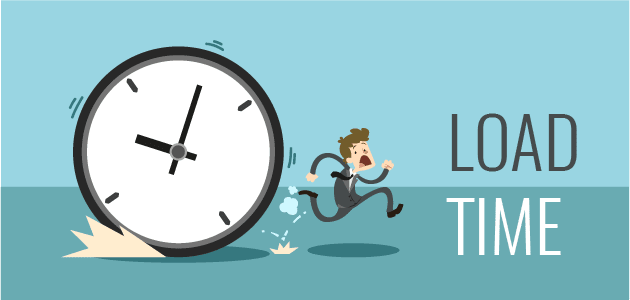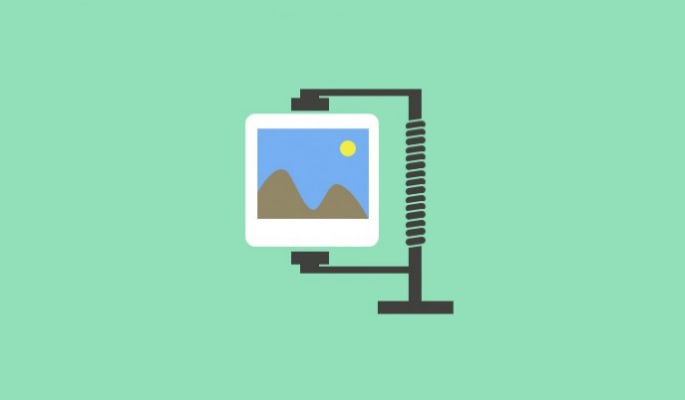Optimizing image, image optimizers, image performance and image processing are important components of website optimization today. Images are indispensable element of today’s website, but their huge size is a big problem for most website developers. They frequently have to sacrifice a beautiful design for the sake of load time.
The internet users have neither time nor patience to wait for the loading of a heavy sized image. When you think even a humble website contains tens of images, you can imagine the severity of the problem. Image optimization offers a solution to this problem in terms of both fast-loading websites and image SEO.
Facts
Some statistics tell these facts:
- % 64 of all websites in the world consist of images.(*)
- An average person would like to view a website in 2 seconds.(*)
- 53% of mobile users abandon sites that take over 3 seconds to load. (*)
- Pages that load within two seconds have an average bounce rate of 9% while pages that take five seconds to load have a bounce rate of 38%. Websites that load in five seconds average 70% longer sessions—translating to more conversions. In fact, a mere 100-millisecond delay in load time can cause conversion rates to drop by 7%.(*) This data alone is enough to show importance of handling images in websites, i.e. the necessity of image optimization and image optimizers. But what do these concepts mean?
What is image optimization?
It is the process of minimizing load time without losing significant quality by putting images into right size, dimension, resolution and format. You can carry out this process by compressing images. At that time, there is a risk of losing significant quality. Compressed images will not be attractive to viewers. Image optimization process offers automatic and manual solutions to both enhance image performance and minimize load time. It means that you can achieve an image optimization by resizing and serving images manually or using image optimizer. Image optimizer tools will help you greatly with handling a bulk of images.
Why is image optimization important for a website?
To understand this, first, we have to know the operation of a website. As we have said before, most of websites consist of images. When you visit a page on a website, these images have to be loaded to view this page. But if these images are not optimized, there will be two problems for their loading:
- Size of images: For example, you take a photo and put it on website. Its dimensions are 2400 X 1350. Internet server’s dimensions are 300 X 169. This situation will definitely increase load time.(*)
- Resolution of images: High resolution - images will definitely have more load time. So, for a faster loading, you have to resize and compress images without losing quality, and this is only possible with image optimization.
Why image optimization is important for image SEO?
Google never likes cumbersome websites, and if you optimize images, you will have faster load times. It means you will have high rankings in search engines. Resizing and compressing images will not be enough for optimization. You will also have to do these:
- Giving the image a readable name
- A descriptive alt tag will be good.
- Arranging responsiveness images.(*)

What methods are there for optimizing images?
Firstly, we can divide these methods into two as lossless and lossy compression methods. In the lossless compression method, you do not lose any quality; however, load time is still slow. If your website gives more importance to quality, you should prefer this method. In the lossy method, you have less quality but faster load time. Another category is image scaling and resizing.
You can optimize images manually using these techniques and using tools like Photoshop. It is OK if your website has a couple of images. But what if you have e-commerce website with hundreds of images? At this point, automatic image optimizers play a role.
These tools will carry out all optimization in a short time. If you can have an image optimization tool which can handle all optimization process, i.e. determining a particular user’s image optimization needs, making optimization without quality loss and executing other optimization requirements, it will work best for you. We call such tools “full-stack image manager.”
image4io is the SaaS platform that provides performance, security, personalization, and perfecting tools for web-based images. You can optimize your website images, using image CDN and manage your storage. Your website bounce rate decreases and conversion rate increases. You can test your website on image4io webspeed test tool. image4io suggests some opportunities related to your website images. When you can apply these suggestions, your website speed up.









Top comments (2)
A good overview, what do you think about using Google's tools to test for image optimisation efficiency? Surely we should be using the same tools that will be effecting rankings?
Another very important point on SEO is the optimization and compression of images on the site. Here is an interesting article on this topic: optipic.io/en/blog/images-seo-opti...